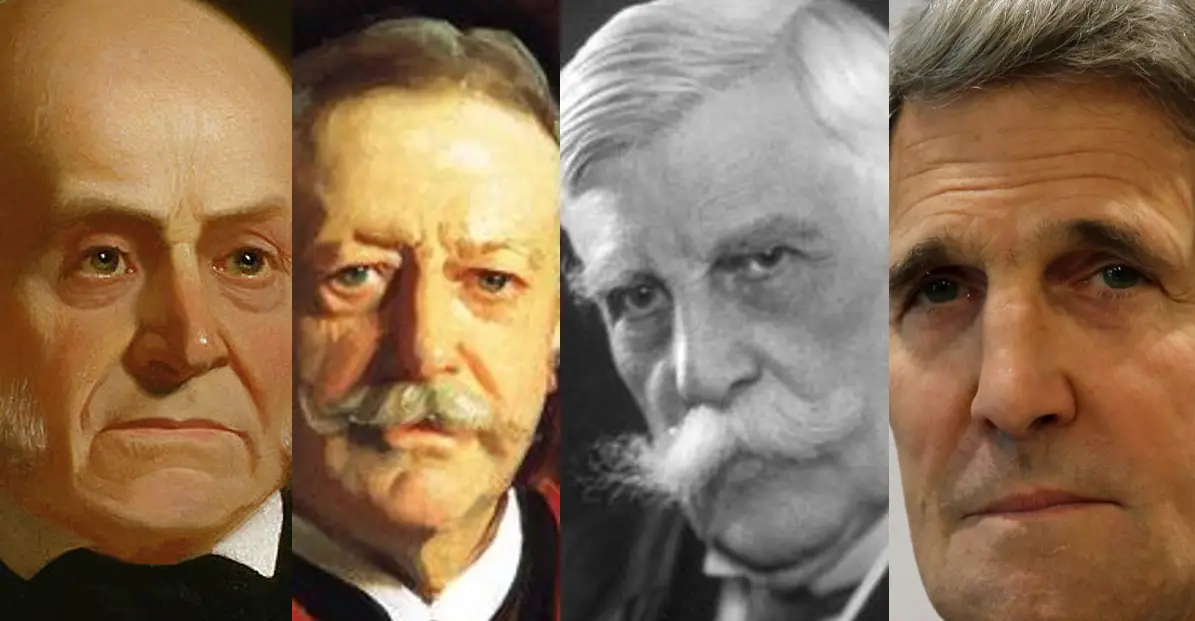The Boston Brahmin society, also known as the "Brahmin Caste of New England," was a group of families who were considered to be the aristocracy of Boston, Massachusetts, during the 18th and 19th centuries. The term "Brahmin" was coined by Oliver Wendell Holmes Sr. in 1861, who used it to describe the elite group of families who dominated Boston’s social, economic, and cultural scene. In this article, we will delve into the structure of the Boston Brahmin society, exploring its history, values, and cultural significance.

History of the Boston Brahmin
The Boston Brahmin emerged in the early 18th century, when Boston was a thriving commercial center. The city’s merchants and traders, who were largely of English descent, formed a close-knit community that was bound together by ties of family, business, and social status. Over time, this group of families developed a distinct culture and set of values that were shaped by their Puritan heritage and their experiences as members of the American colonies.
The Boston Brahmin were known for their strong sense of tradition and their commitment to public service. Many of the families were involved in politics, law, medicine, and education, and they played a significant role in shaping the city’s institutions and infrastructure. They were also known for their love of literature, music, and art, and they were instrumental in promoting the cultural development of Boston.
Social Hierarchy
The Boston Brahmin society was characterized by a strict social hierarchy, with families being ranked according to their wealth, social status, and family connections. The most prestigious families were those who had been in Boston for generations, and who had a long history of public service and philanthropy. These families were considered to be the "upper crust" of the Boston Brahmin, and they set the tone for the rest of the community.
Below the upper crust were the "new rich," who were families who had made their fortunes in industry or commerce. These families were considered to be less refined and less cultured than the old-money families, but they were still accepted as members of the Boston Brahmin.
At the bottom of the social hierarchy were the "outsiders," who were families who were not part of the Boston Brahmin. These families might include immigrants, Catholics, and Jews, who were not considered to be part of the mainstream Boston community.
Values and Cultural Significance
The Boston Brahmin were known for their strong sense of tradition and their commitment to public service. They valued education, literature, and the arts, and they were instrumental in promoting the cultural development of Boston. They were also known for their love of sports, particularly sailing and horse racing, and they were instrumental in establishing many of the city’s sporting clubs and organizations.
The Boston Brahmin were also known for their philanthropy, and many of the families were involved in charitable work and community service. They were particularly interested in education and social welfare, and they established many of the city’s schools, hospitals, and social service organizations.
Decline of the Boston Brahmin
The Boston Brahmin society began to decline in the early 20th century, as the city’s economy and demographics began to change. Many of the old-money families lost their fortunes, and the new rich began to rise to prominence. The city’s population also became more diverse, and the Boston Brahmin were no longer the dominant force they once were.
Today, the Boston Brahmin are largely a thing of the past, and the city’s social scene is much more diverse and egalitarian. However, the legacy of the Boston Brahmin can still be seen in the city’s many cultural institutions, including its museums, libraries, and universities.
FAQs
- Who were the Boston Brahmin?
The Boston Brahmin were a group of families who were considered to be the aristocracy of Boston, Massachusetts, during the 18th and 19th centuries. - What were the values of the Boston Brahmin?
The Boston Brahmin valued education, literature, and the arts, and they were committed to public service and philanthropy. - How did the Boston Brahmin society decline?
The Boston Brahmin society declined in the early 20th century, as the city’s economy and demographics changed, and many of the old-money families lost their fortunes. - What is the legacy of the Boston Brahmin?
The legacy of the Boston Brahmin can still be seen in the city’s many cultural institutions, including its museums, libraries, and universities. - Are the Boston Brahmin still a dominant force in Boston?
No, the Boston Brahmin are no longer a dominant force in Boston, and the city’s social scene is much more diverse and egalitarian.
Conclusion
The Boston Brahmin society was a unique and fascinating phenomenon that played a significant role in shaping the city’s culture and institutions. While the society is no longer the dominant force it once was, its legacy can still be seen in the city’s many cultural institutions and traditions. The Boston Brahmin values of education, literature, and public service continue to inspire and influence the city’s residents, and their commitment to philanthropy and community service remains an important part of the city’s social fabric.
In conclusion, the Boston Brahmin society was a remarkable example of how a group of families can come together to shape a city’s culture and institutions. Their legacy continues to inspire and influence the city of Boston, and their values of education, literature, and public service remain an important part of the city’s social fabric. While the Boston Brahmin may be a thing of the past, their impact on the city of Boston will be felt for generations to come.
Closure
Thus, we hope this article has provided valuable insights into The Boston Brahmin Society Structure: A Historical Perspective. We appreciate your attention to our article. See you in our next article!




